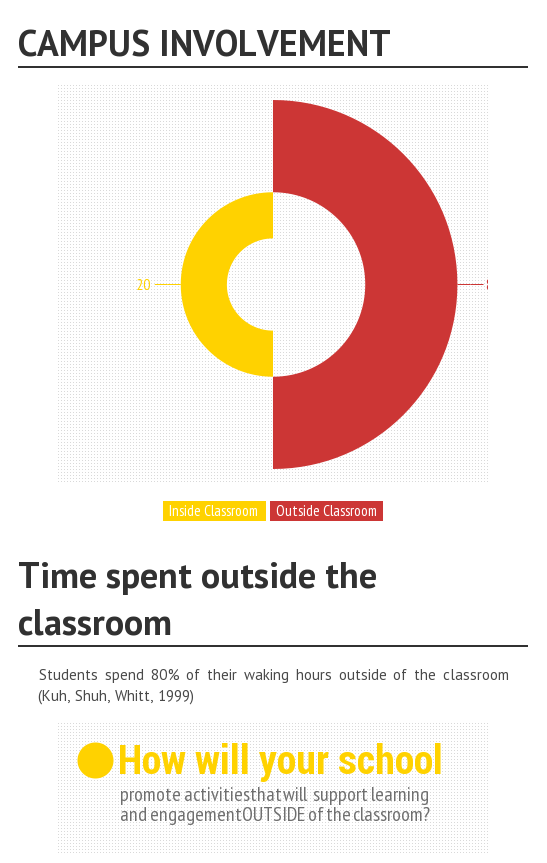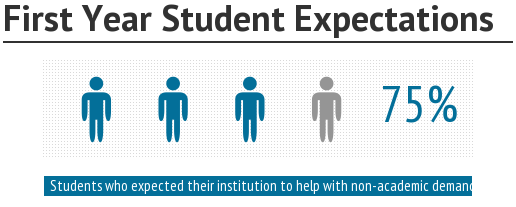
Engaging students is a challenging goal both teachers and institutions strive to meet. Why is this topic so frequently discussed and sought after? What does an engaged student offer an institution and a learning situation that a disengaged one does not?
As an educational researcher at McGill University and lead research at OOHLALA, I will be exploring the relationships between student and campus engagement in the learning environment, as well as how to foster engagement through the use of 21st century technologies as mobile apps. In future posts I will also discuss educational research findings applicable to institutional and student growth and development.

A student who feels connected to their learning material is more likely to become attached to it, resulting in an experience with learning that is personal. When learning material is generalized to the mass public, it is less likely to have as strong of an impact on the learner (Klem & Connell, 2004; Jones, 2008), and therefore does not become individualized. This is where the importance of student engagement lies.
With the embracing of technologies into the classroom, our conception of getting an education is well on its way to meaning something much different than the traditional sense of going to school and becoming educated. In our transition to a heavily technologically-backed learning environment (iPads, technology-rich learning environments with pedagogical agents, digital media enhanced activities, mobile use, and so on), we are beginning to see a shift of values in what we expect education to look like. Almost every technological tool today is built for user individualization, and schools are doing their best to get on board with these tools for classroom usage. With this individualization comes personalized experiences, relevancy, and perhaps most importantly, responsibility.
The responsibilities of students to become engaged in individualized learning environments are becoming more fully realized the longer we incorporate this learning style. We can see it emerging already in the ‘21st century skills’ that are revered in many curricula today. Students are to be critically-thinking, creative, innovative, and be able work collaboratively with others. Notice that these 21st century skills value higher thinking; labor skills are not as valued in education for most countries as they were in the past. This is not news. But, taking a closer look at what the 21st century skills are asking of our students, we can see that we are expecting students to take responsibility for their learning in ways they have never had to before.

The weight of these responsibilities is placed less on learning facts and more on pushing boundaries and applying higher-order thinking to make changes. Students should be aware of the areas in which they are not excelling (or have technologies that can help them discover that); they should be critiquing information they come across online and in media in general (and, therefore, in their education); they should be thinking outside the box, using creative approaches to complete assignments and inform their learning; and they should be finding ways in which working with others produces effective results. The things we are asking of our students require effort, care, and the desire to know more, work harder, and be aware; they are quite impressive skills and by no means easy to attain.
Student engagement is, then, essentially at the root of all educational goals. A student who is not engaged is less likely to remember information, connect with peers and faculty, or achieve high grades; and therefore less likely to demonstrate their true abilities. Through the support of parents, institutions, and individualized learning through technology, we can encourage student engagement, giving students the opportunity to develop their 21st century skills while taking responsibility for their own education.
The next few posts will take a deeper look at the foundations of student engagement: what it is, how it affects a student, and how we can encourage it. Subscribe to our blog to follow the discussion or leave a comment to join the conversation!
- Tara Tressel (Educational Psychology & Learning Sciences, McGill University)
No comments:
Post a Comment